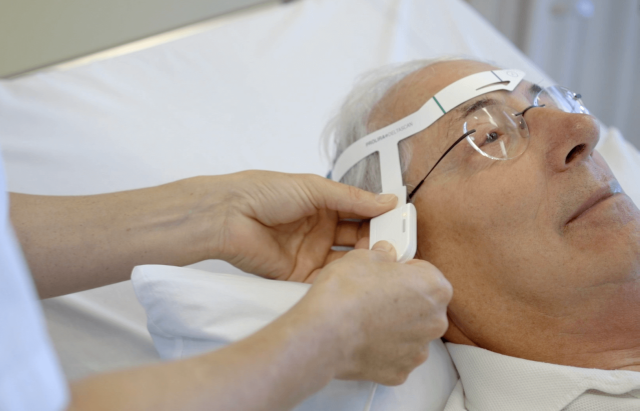World’s First CE-certified and FDA-cleared Bedside EEG Device
DeltaScan® Brain State Monitor objectively assesses acute brain state in under 5 minutes without requiring specially trained personnel or complicated equipment.
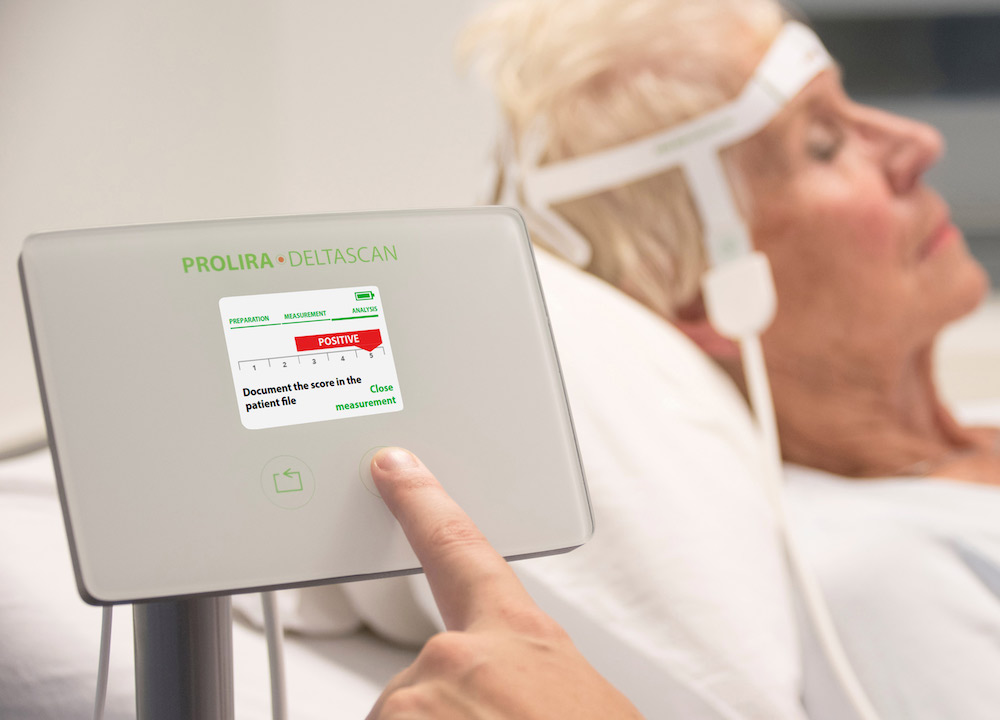
Easy to Interpret Display Shows Positive/Negative Result for Acute Encephalopathy
At Last, a Physiologic Measure of a Patient’s Brain State Designed for the Bedside
Objective measurement of polymorphic delta waves in the electroencephalogram (EEG)¹ gives you confidence to pursue the underlying cause for appropriate interventions.
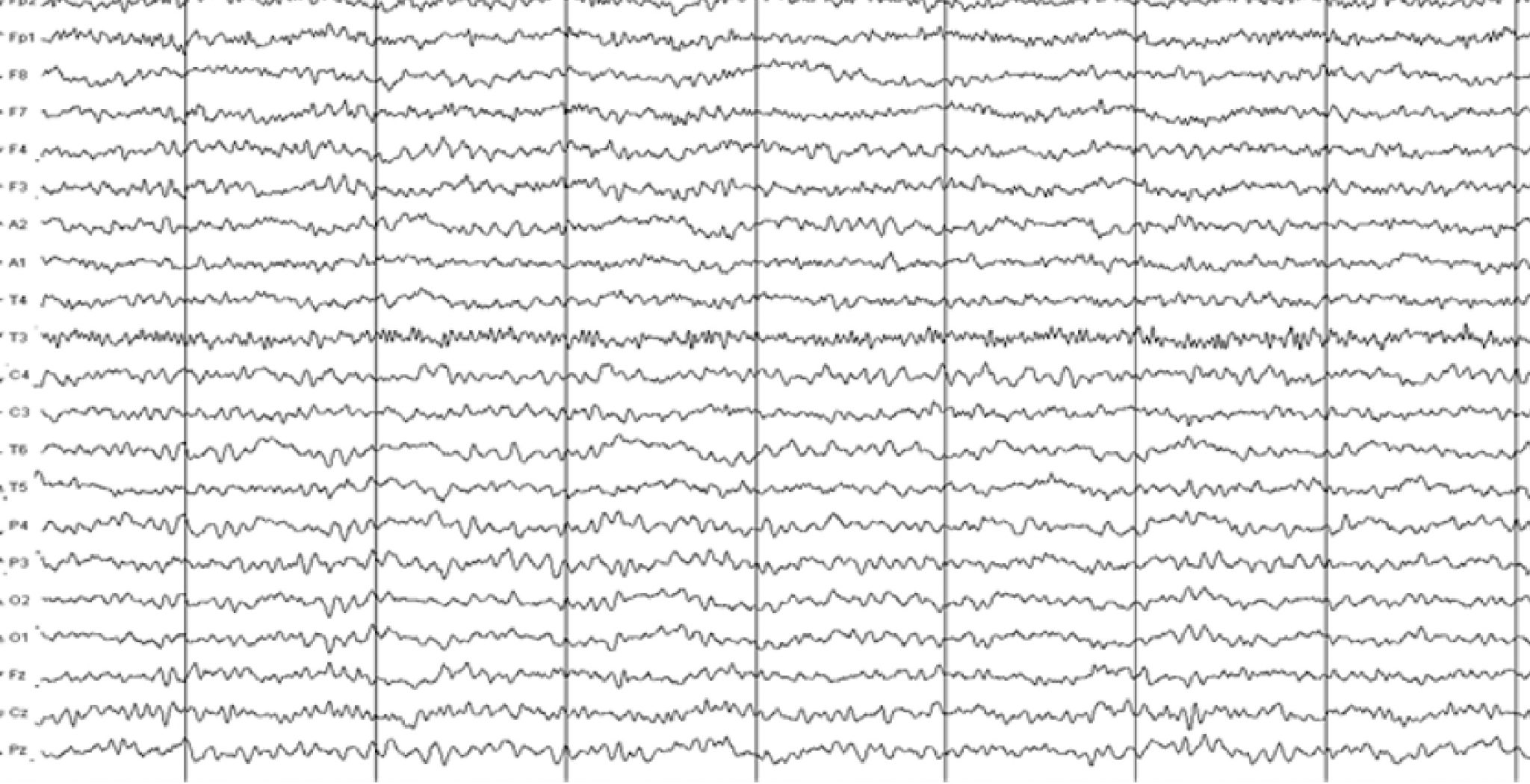
Normal EEG
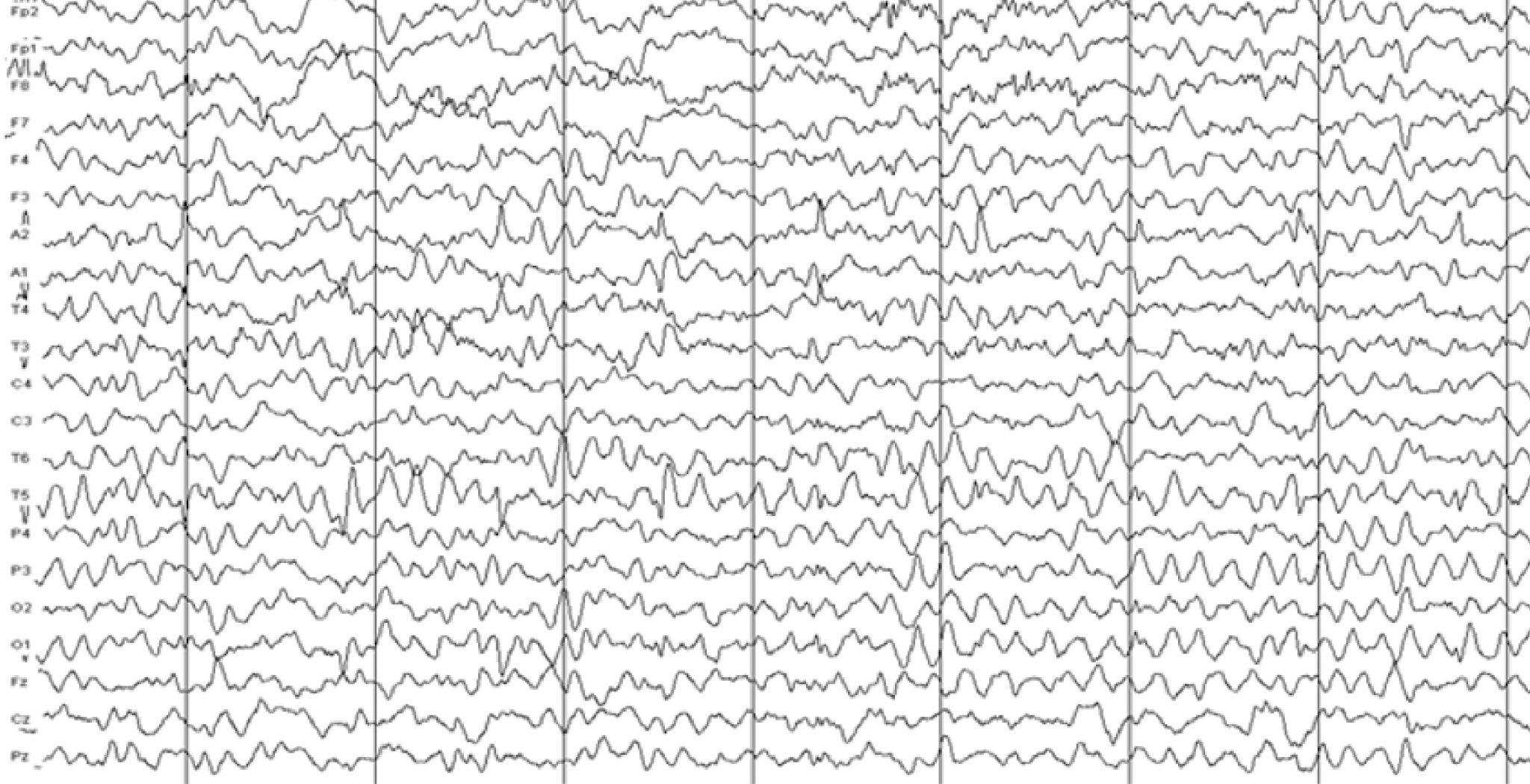
EEG with Acute Encephalopathy
The DeltaScan® Difference
Quickly intervene to improve patient health and prevent acute brain failure complications and costs.
DeltaScan® Brain State Monitor
Early, objective assessment of brain state ¹
Provides clear negative or positive output based on a five-point scale to trigger investigation of underlying conditions
Diagnostic performance > 85% for acute encephalopathy
Objective screening protocol allows risk stratification for clinicians providing better deployment of precious nursing resources
Easily assesses normalization of the brain state when treatment is applied
Other Approaches
Using checklists that are highly subjective and require symptoms to be present
Lack of certainty in evaluating clinical signs often leads to delayed diagnosis and treatment
Only 12-35%² of delirious patients are recognized with current screening tools
Uncertainty about patient’s brain state using subjective tools does not allow staff to direct care to those in need
Dependent on precious nursing time for qualitative assessment
DeltaScan® Simplifies Workflow with a Simple Test for Acute Encephalopathy
Acute encephalopathy (acute brain failure) gives you objective data to improve workflow compared to subjective interpretation of clinical symptoms (hypo-active and hyper-active delirium)
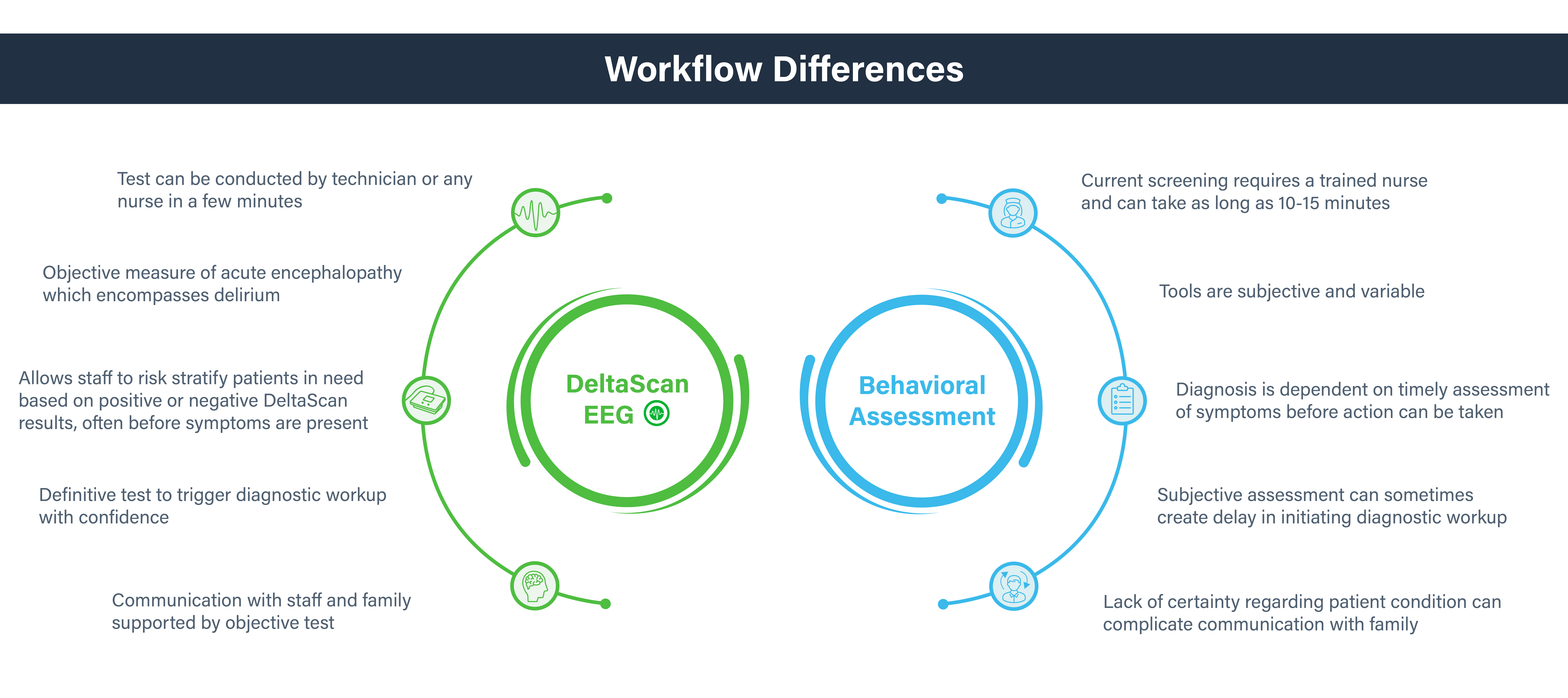
Interested? Let's get in touch!
Get in touch to learn how you can reshape your acute brain failure | delirium care delivery
sources: ¹ Ditzel, F.L., et al. Psychiatry Clin Neurosci, 2022; ² Marcantonio, et al. N Engl J Med 2017
pageversion: 1.0

